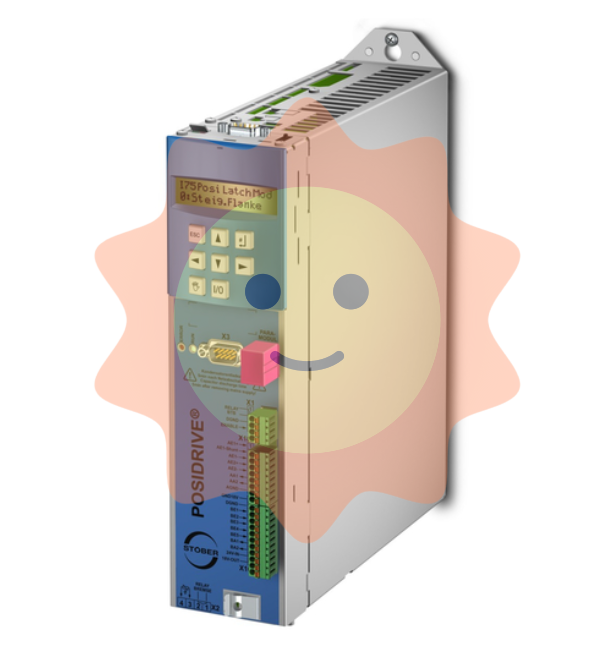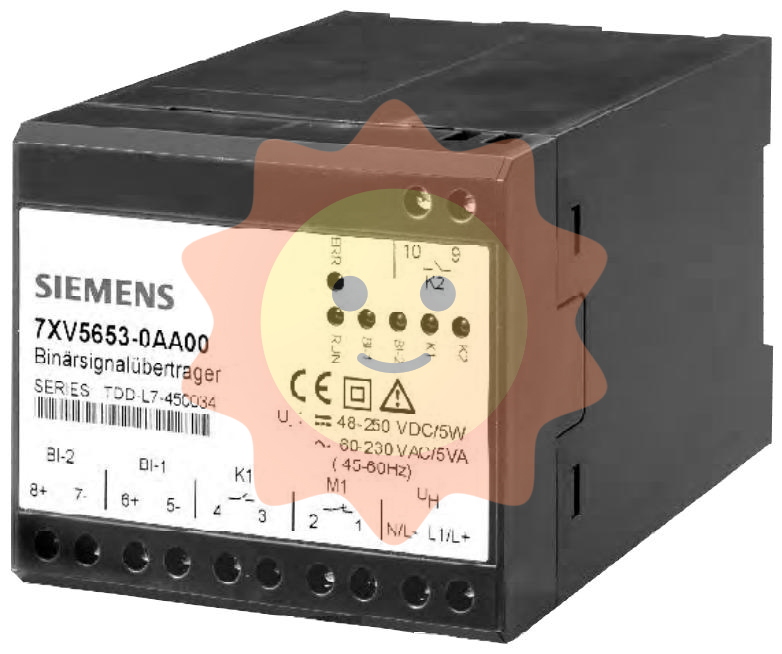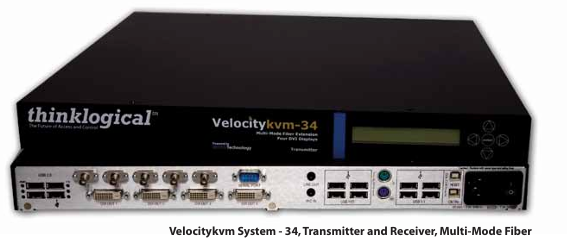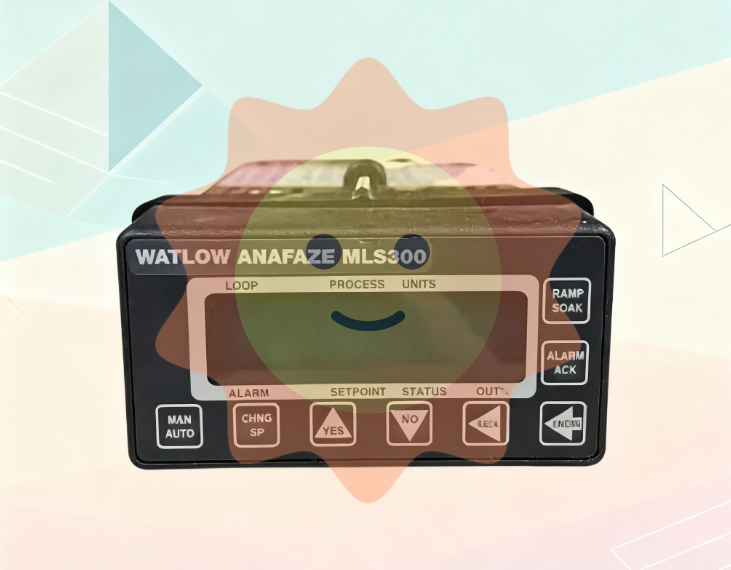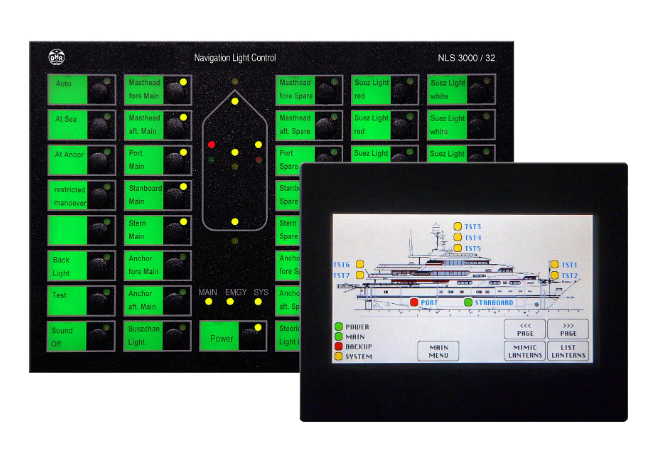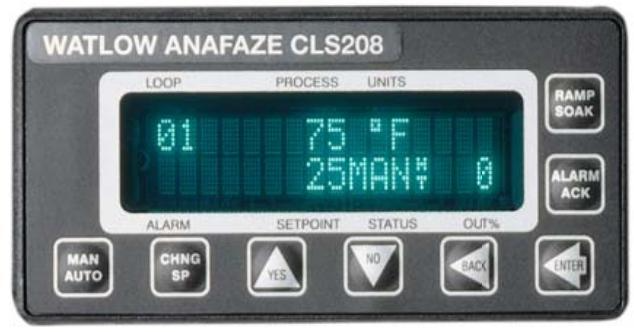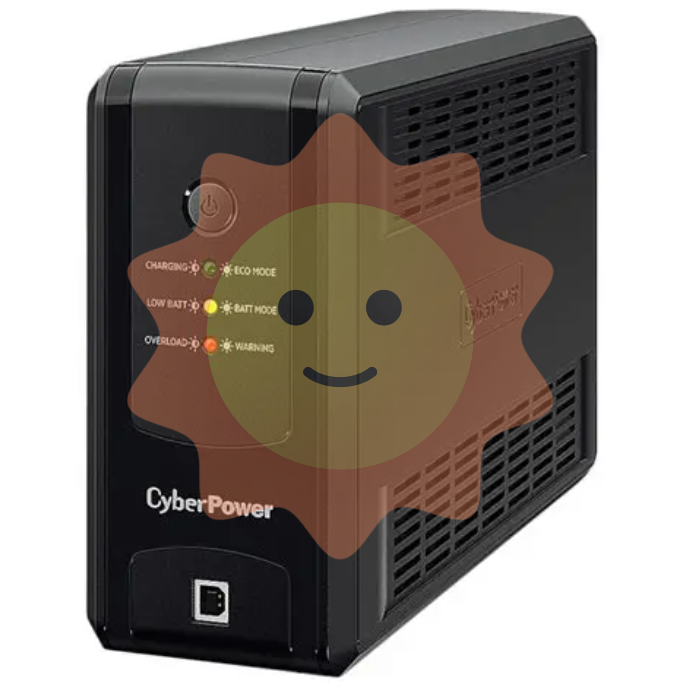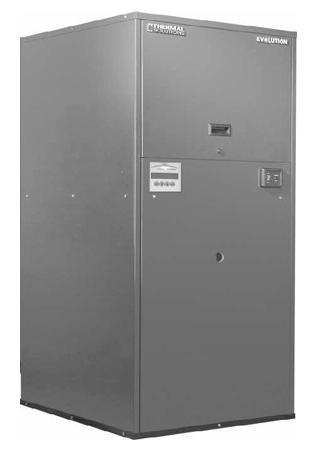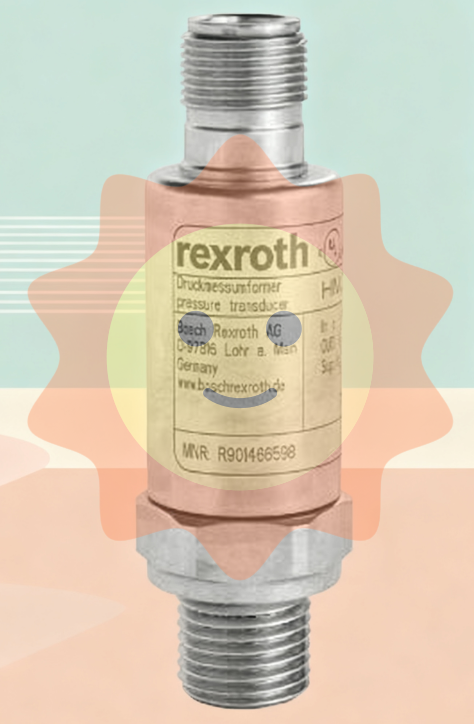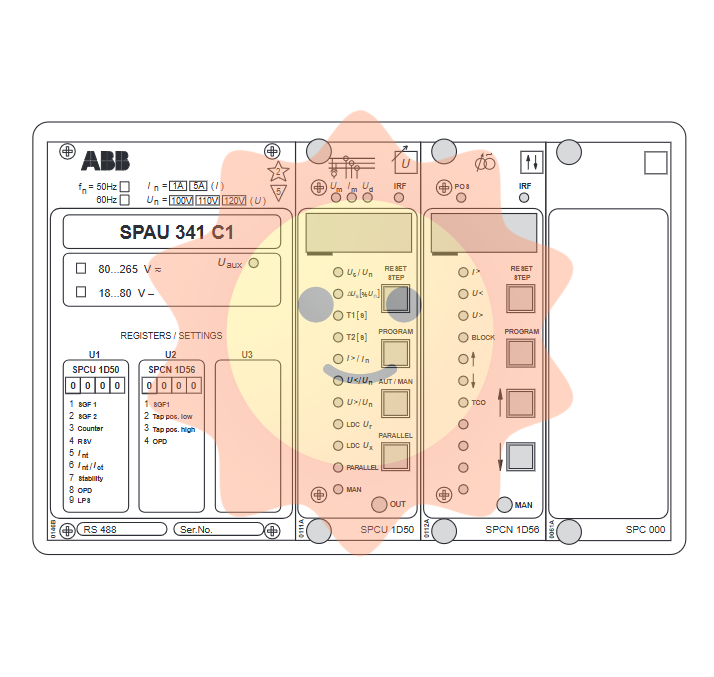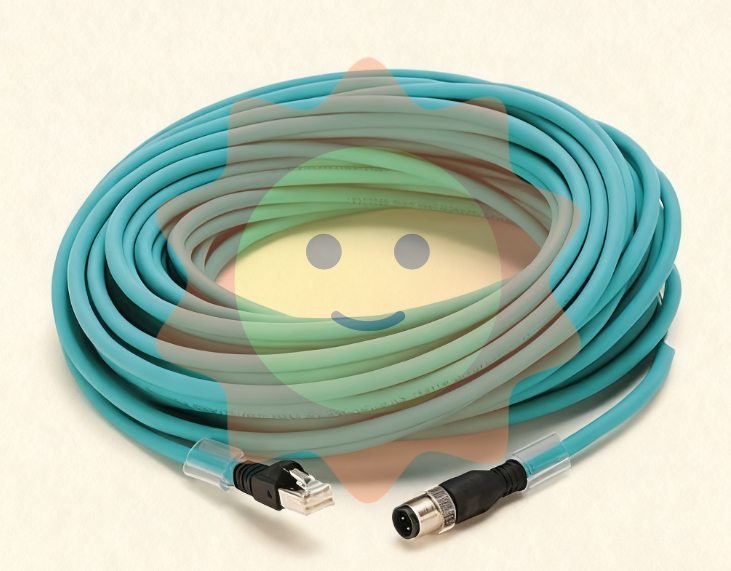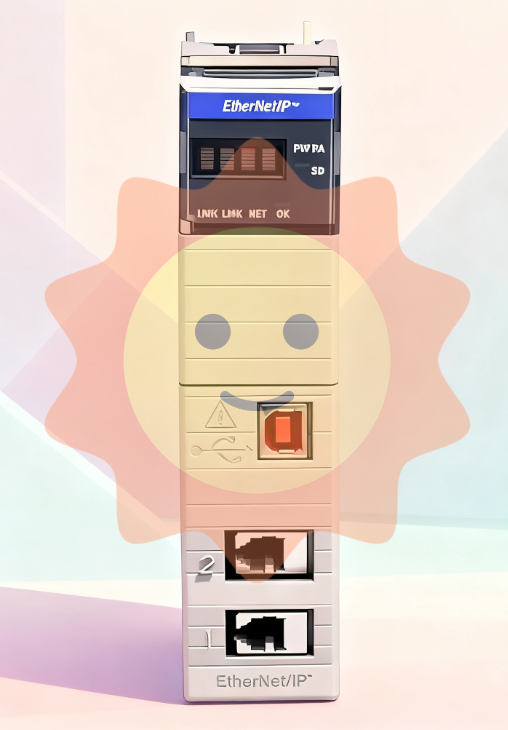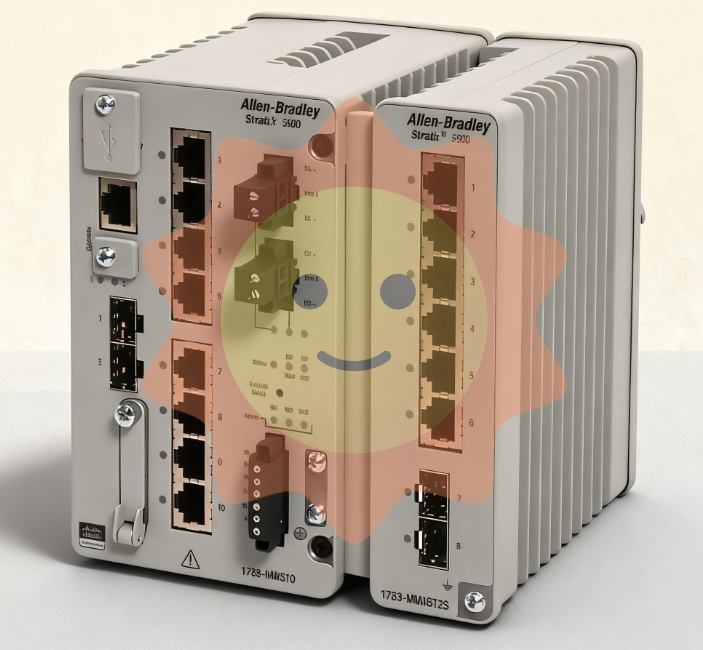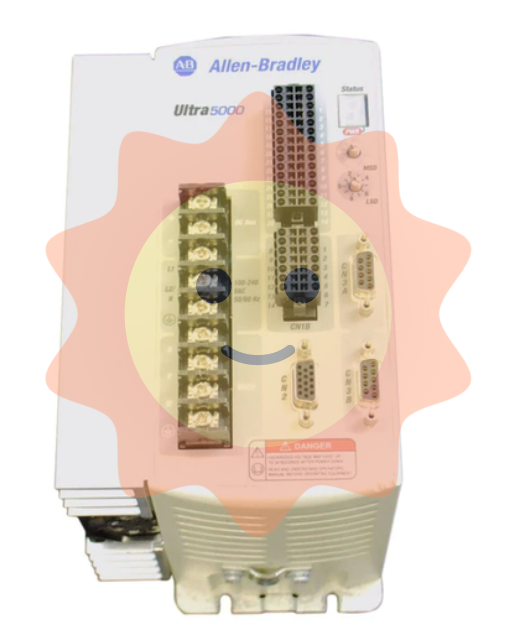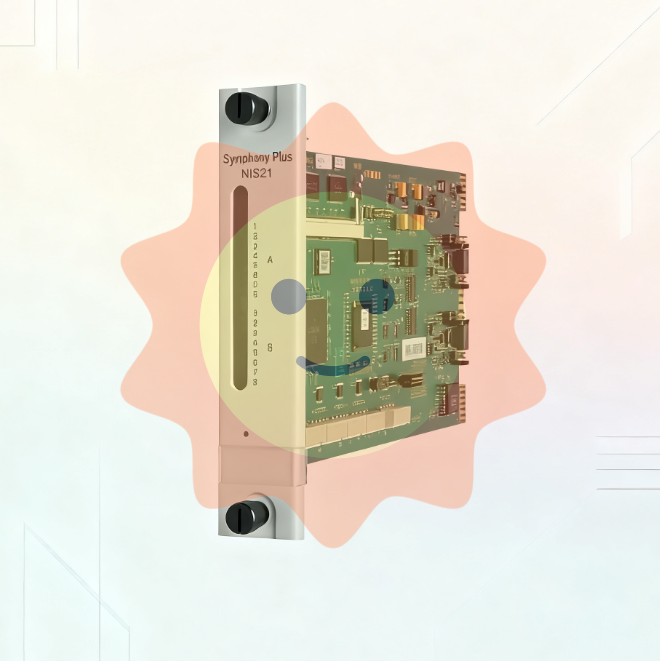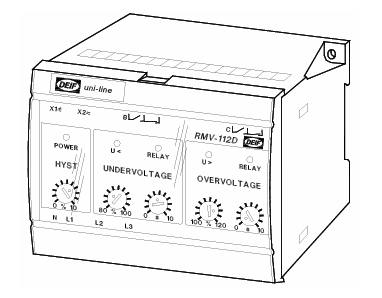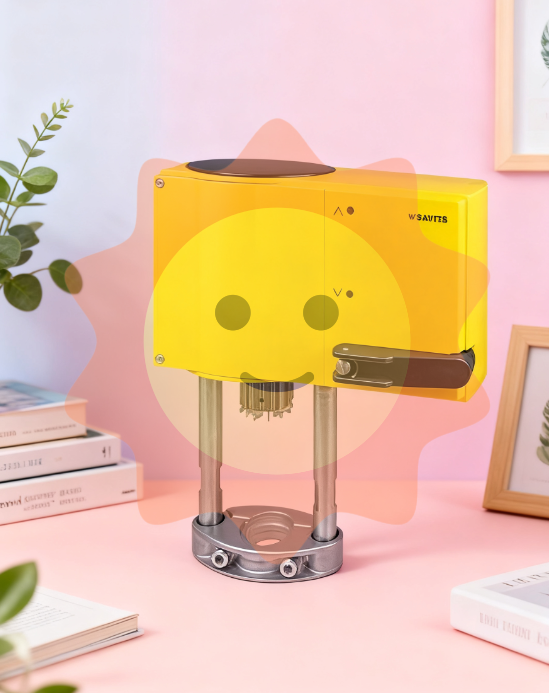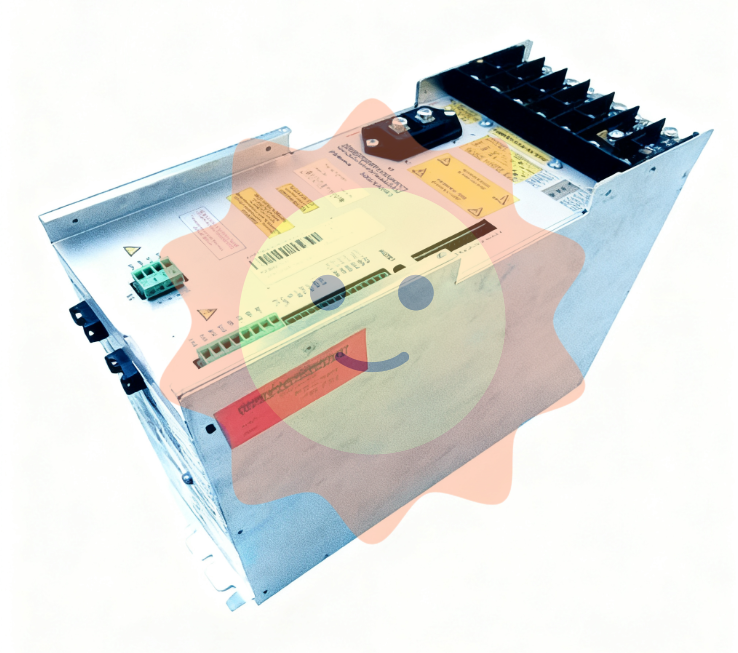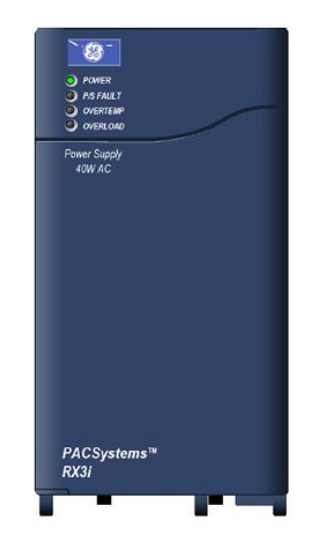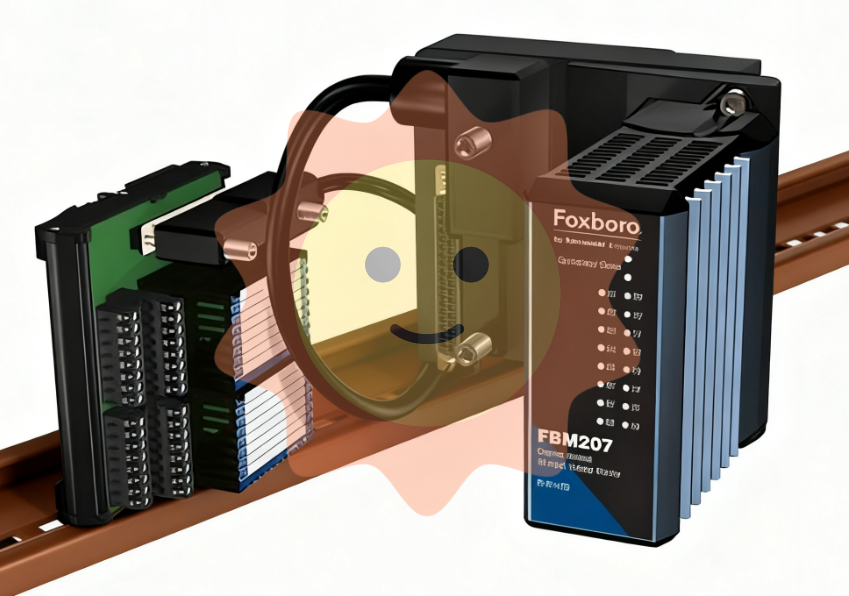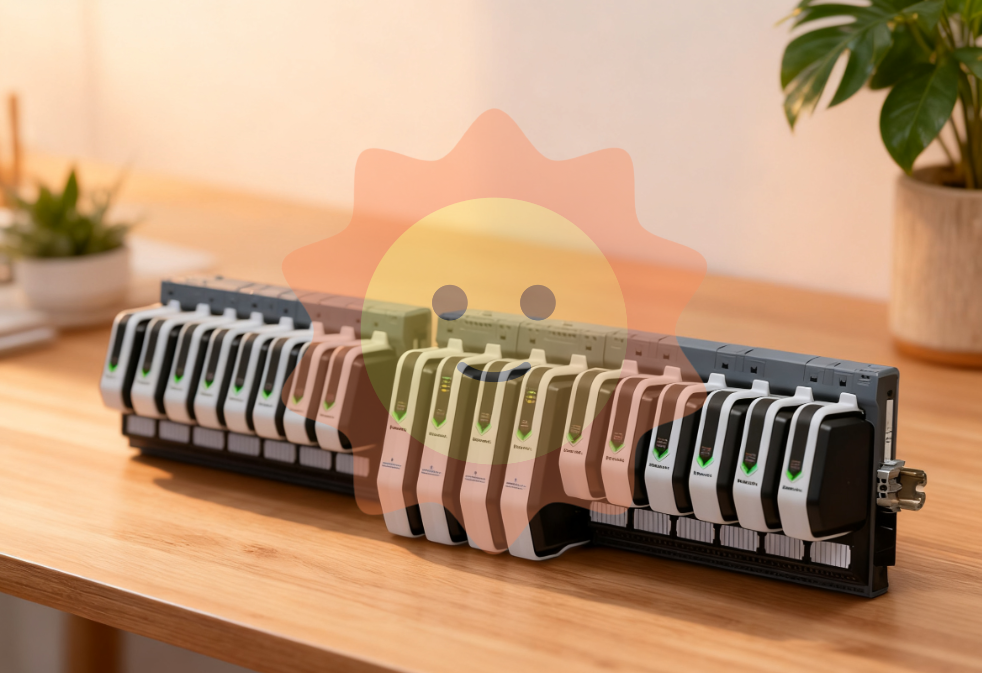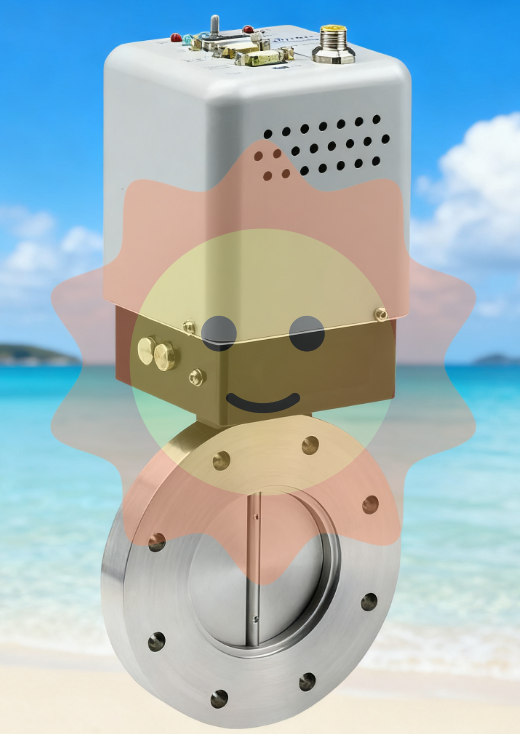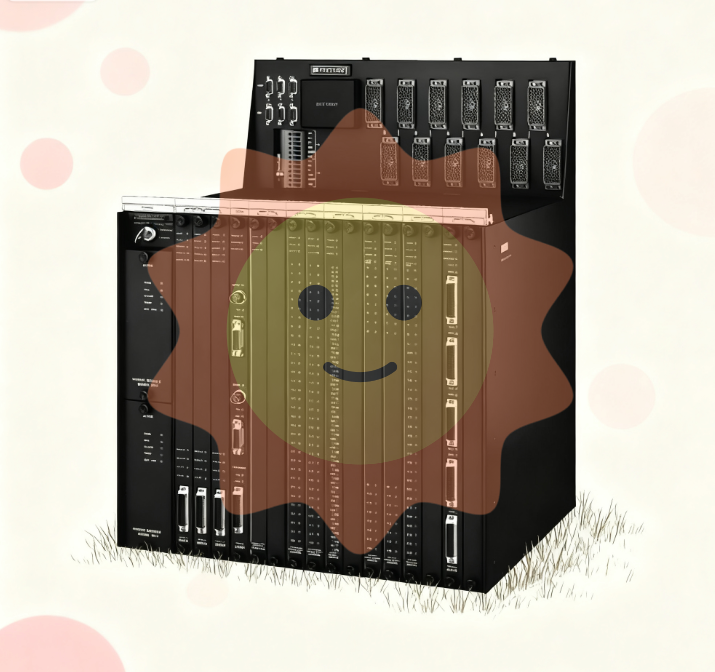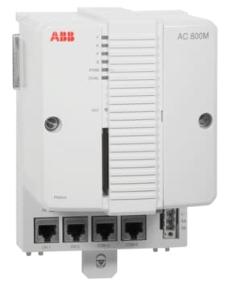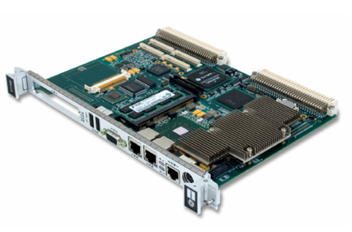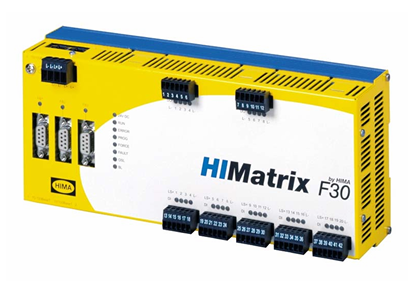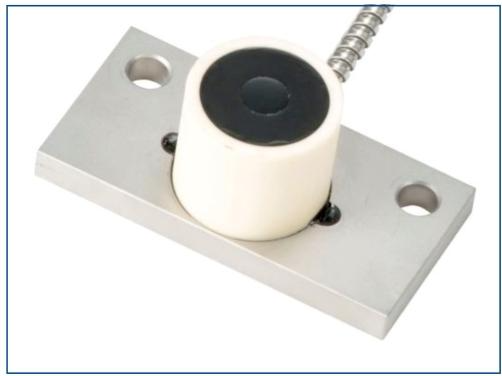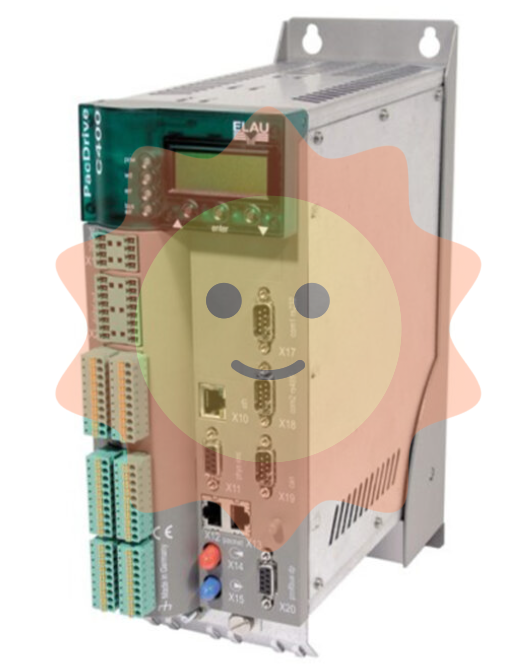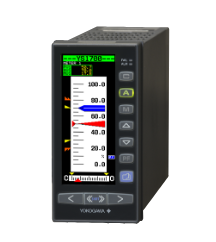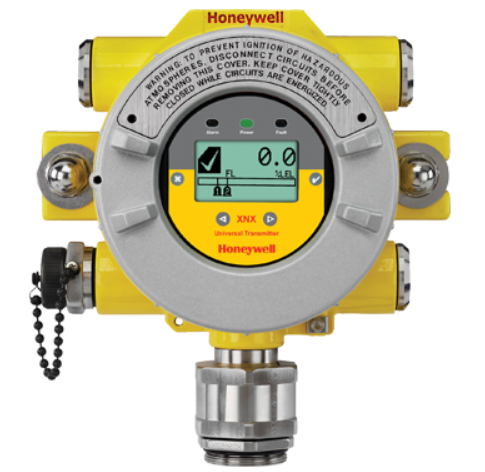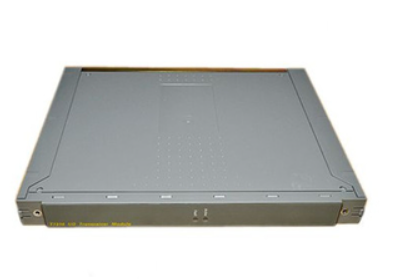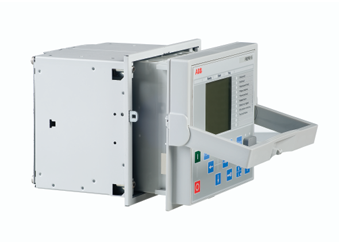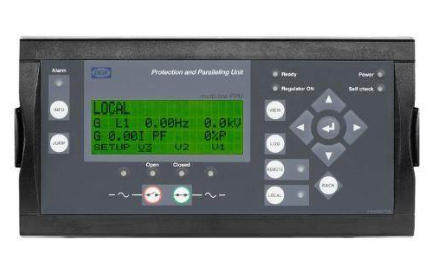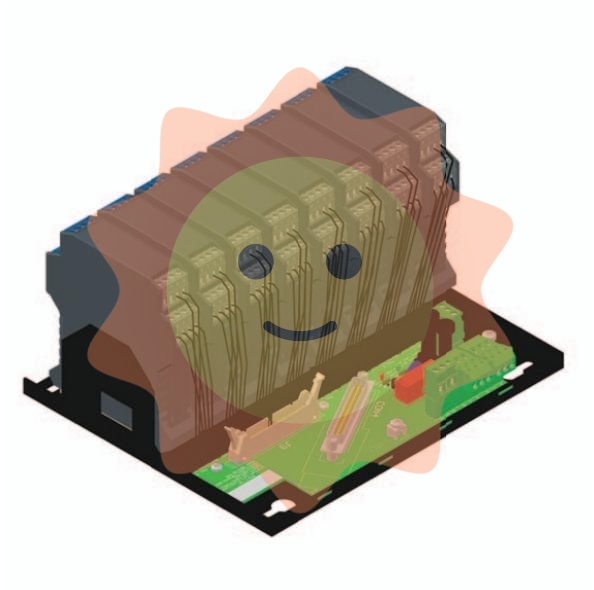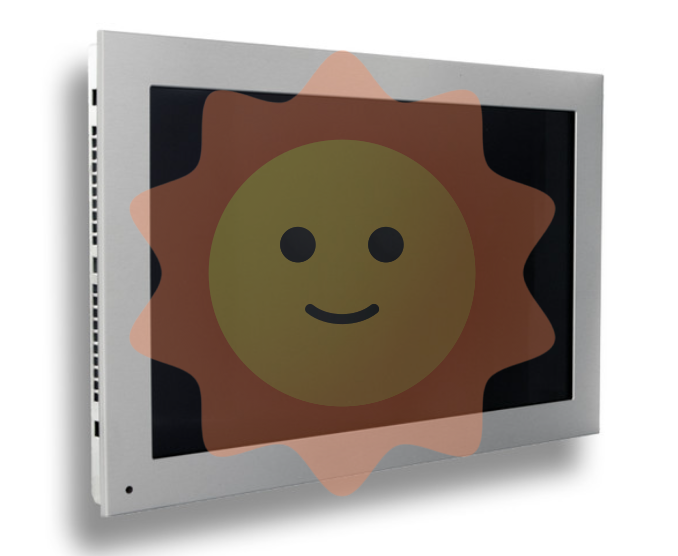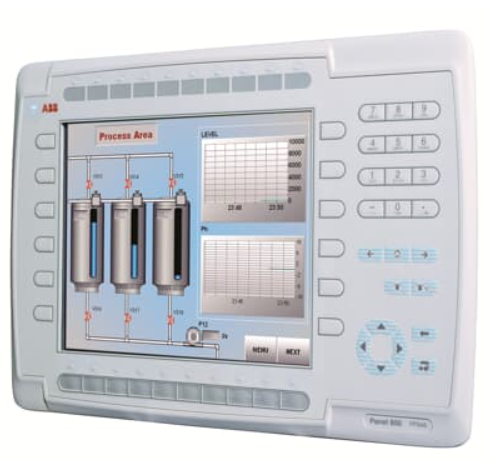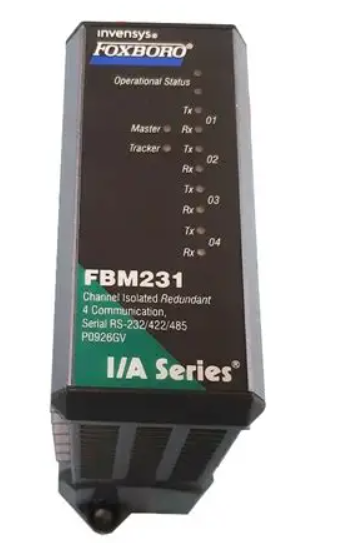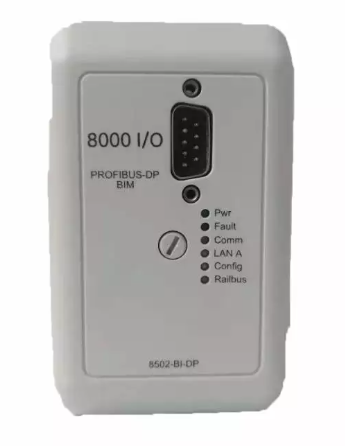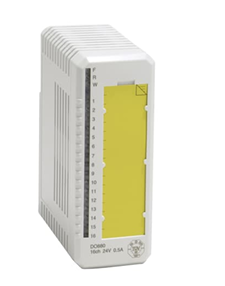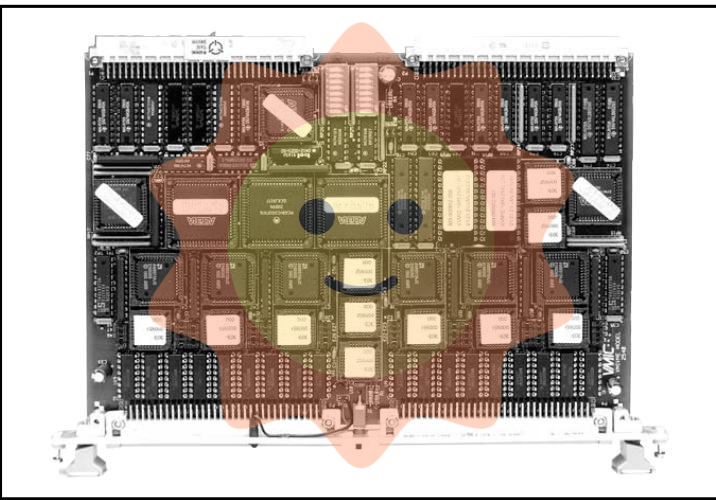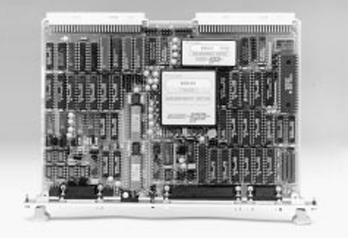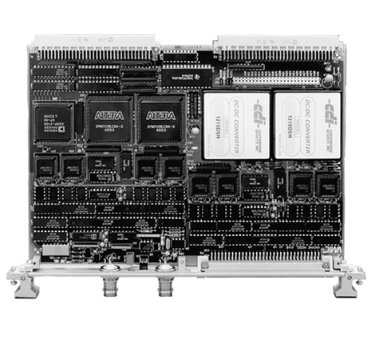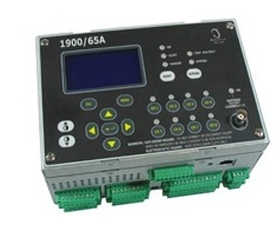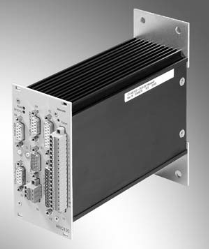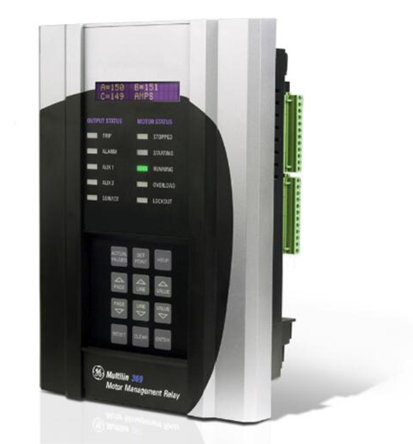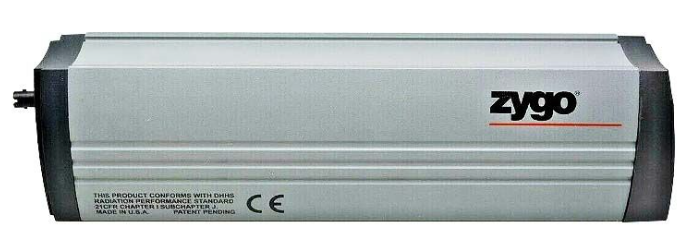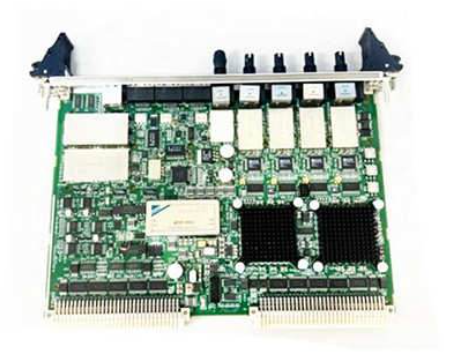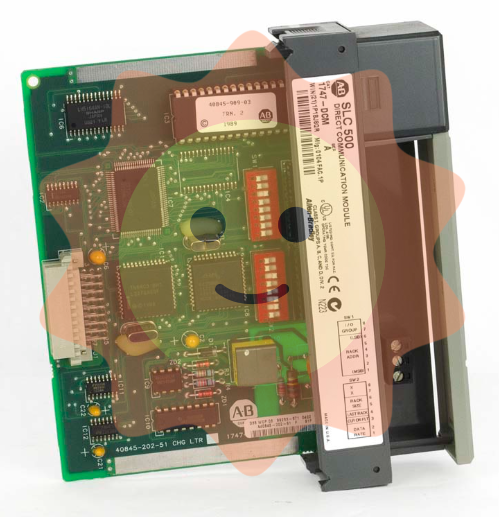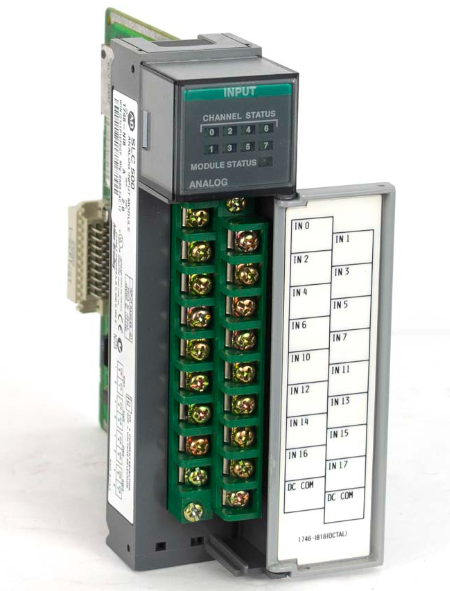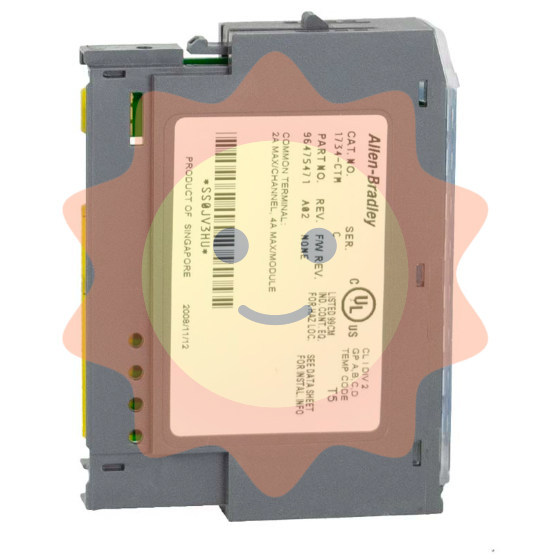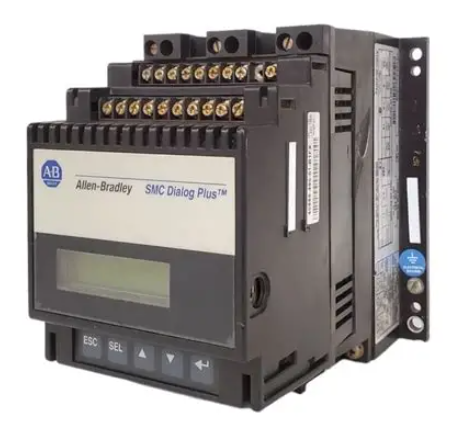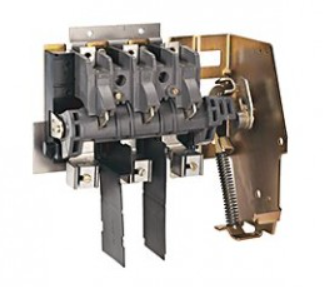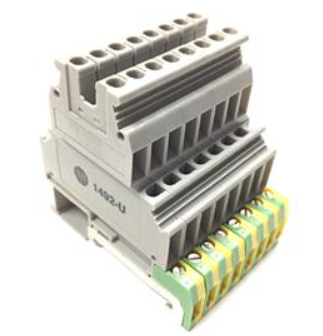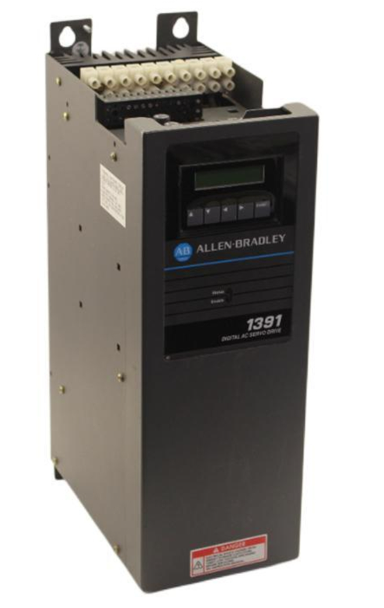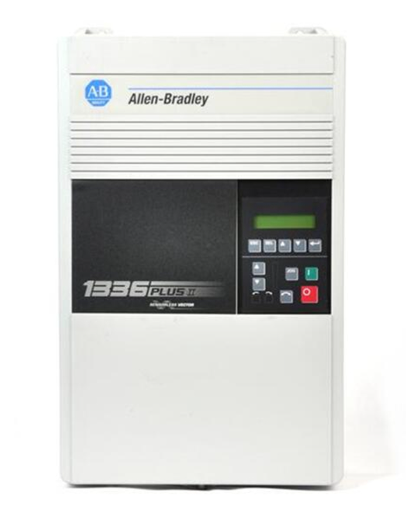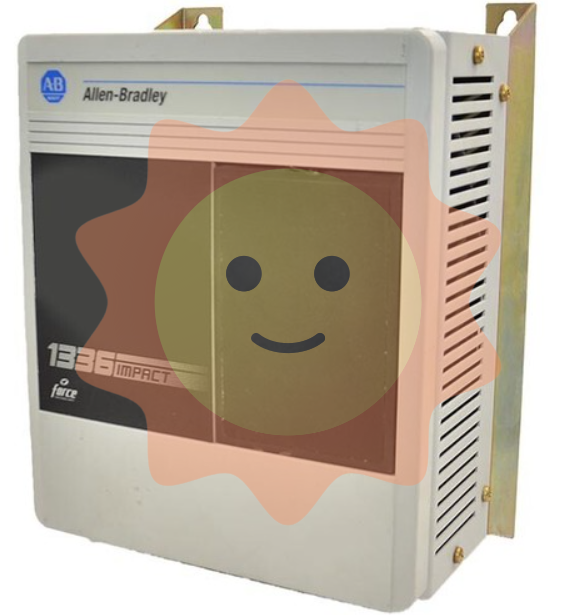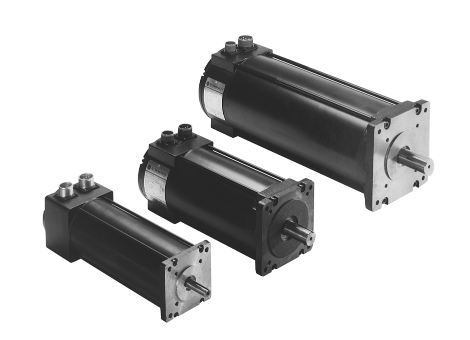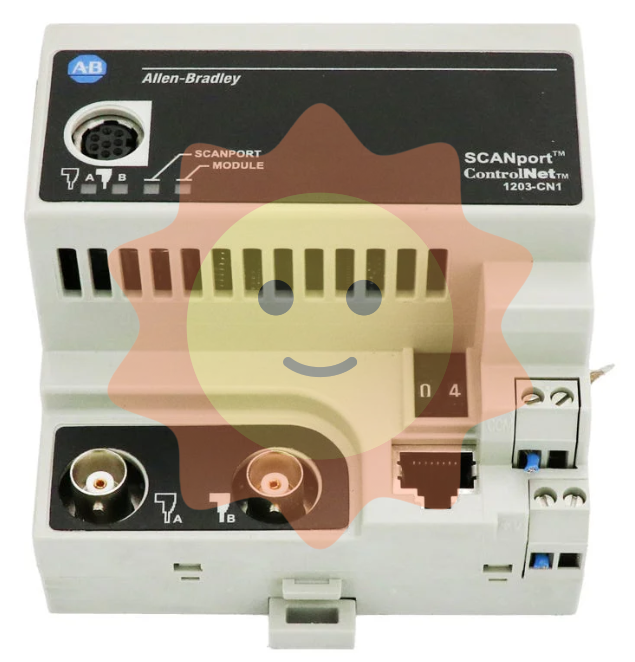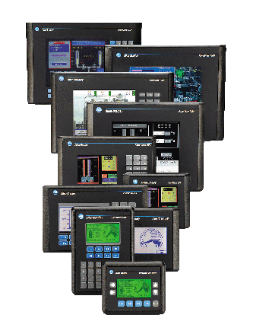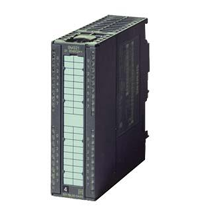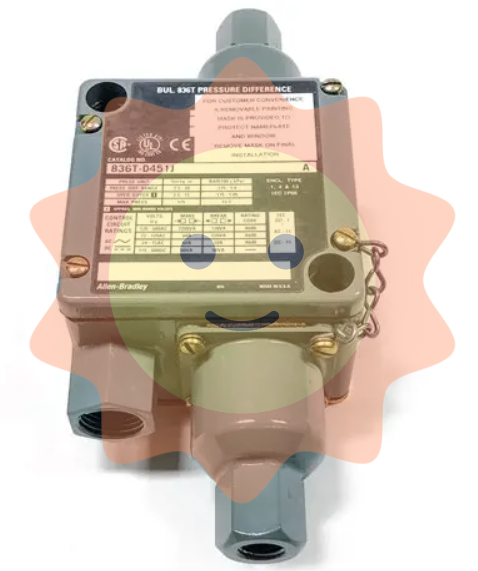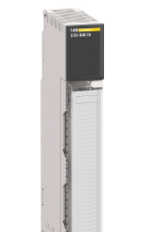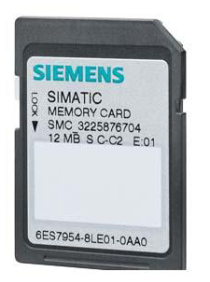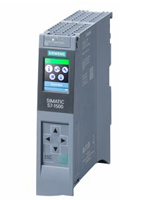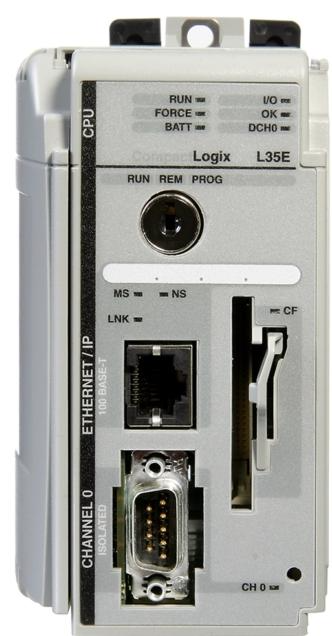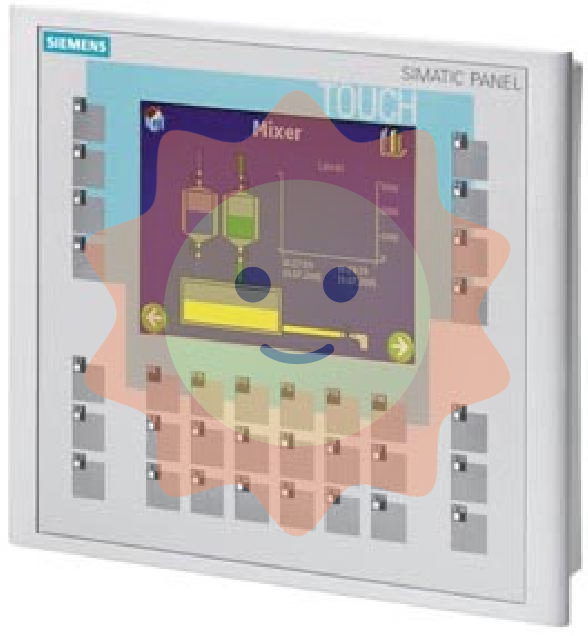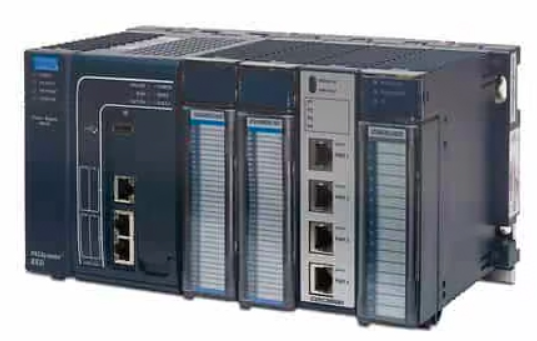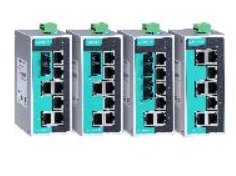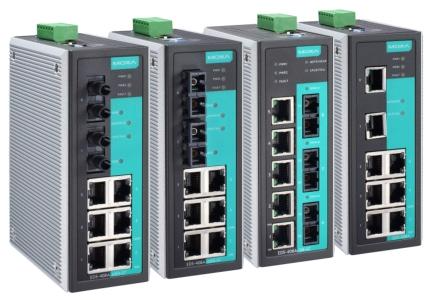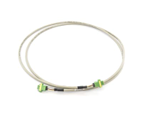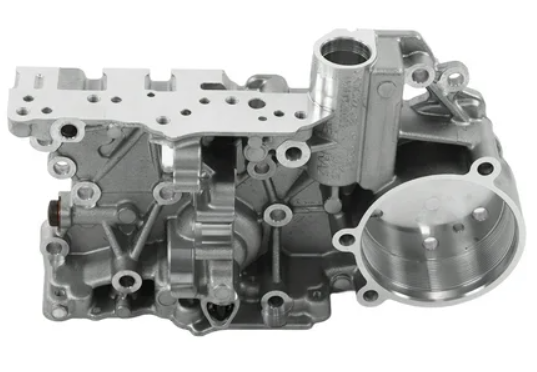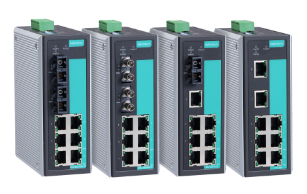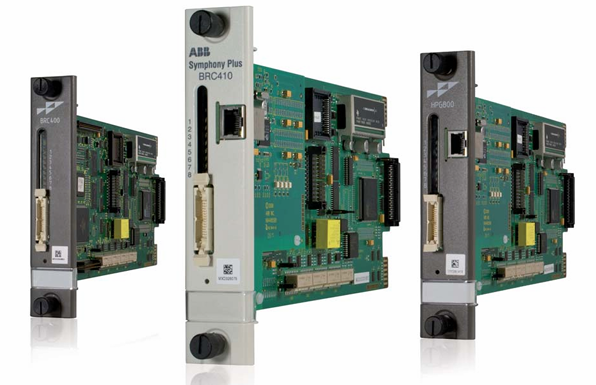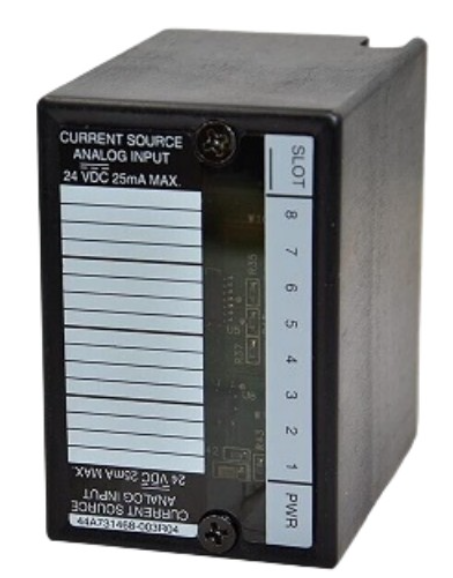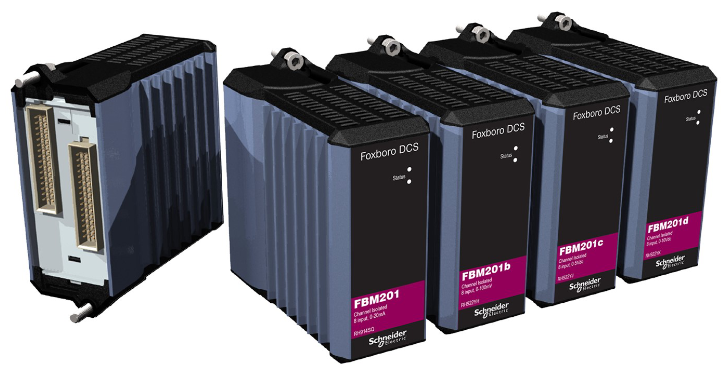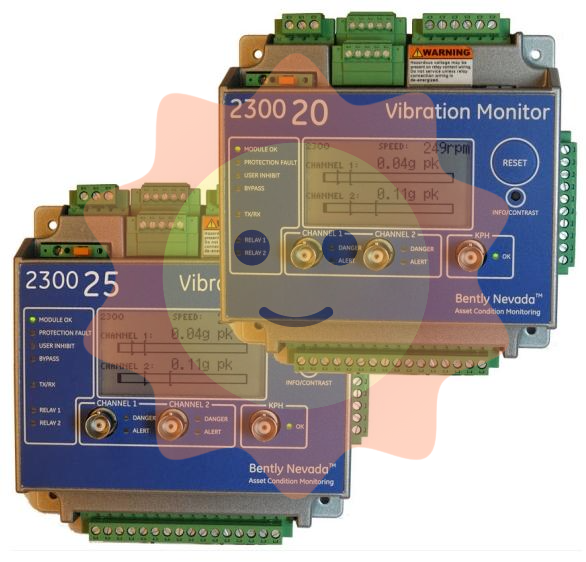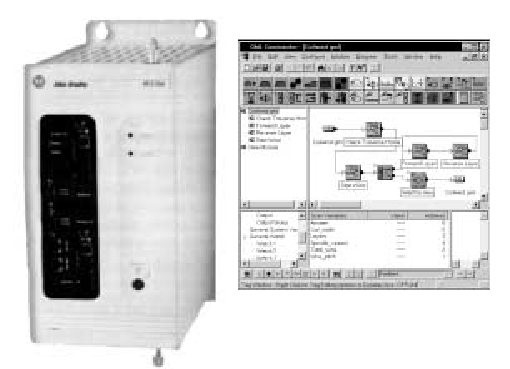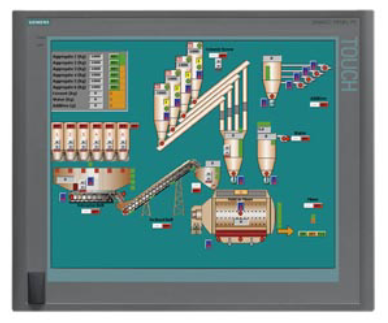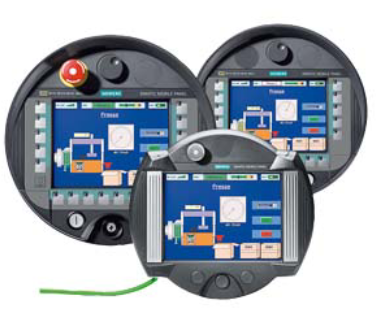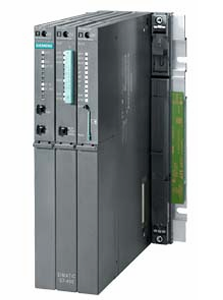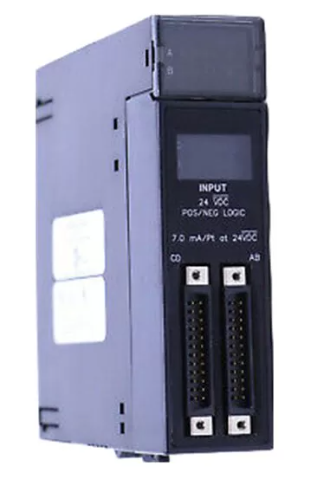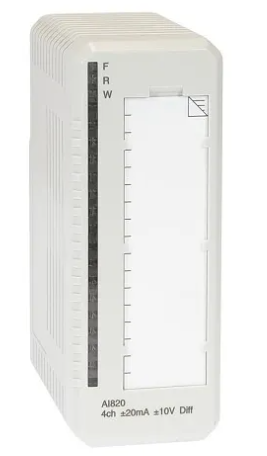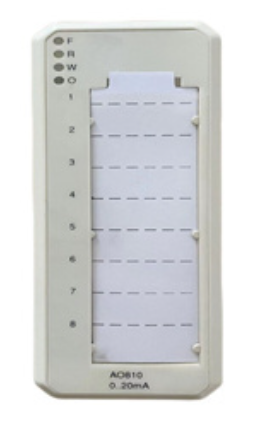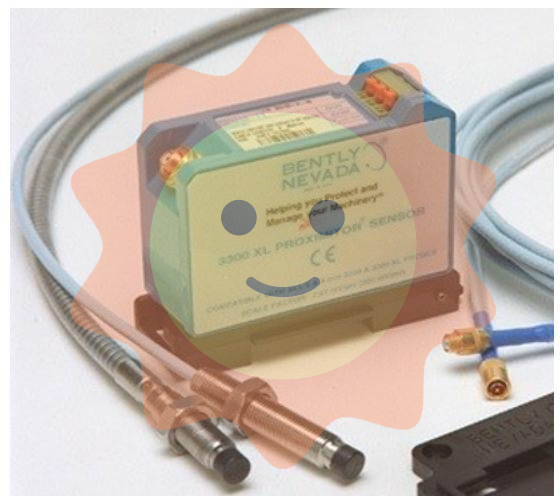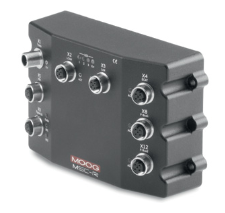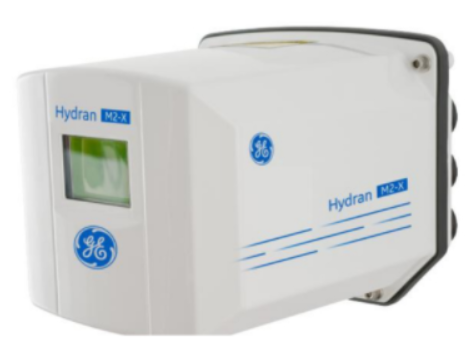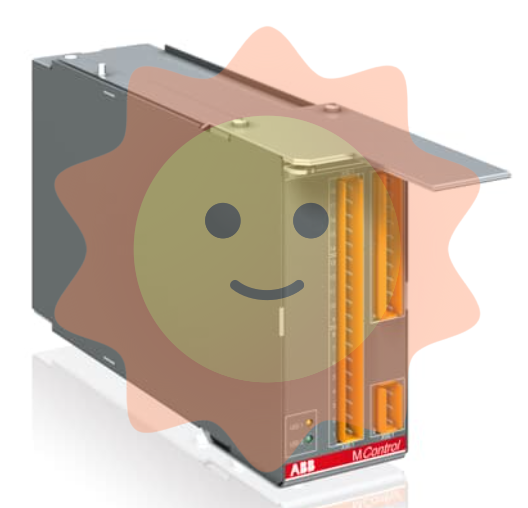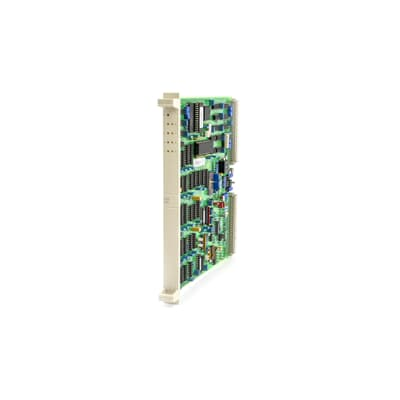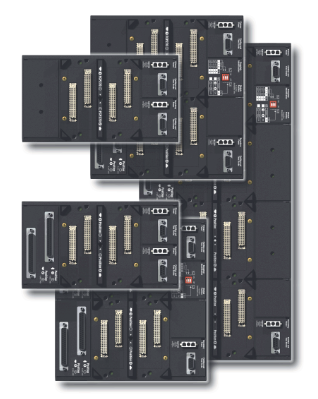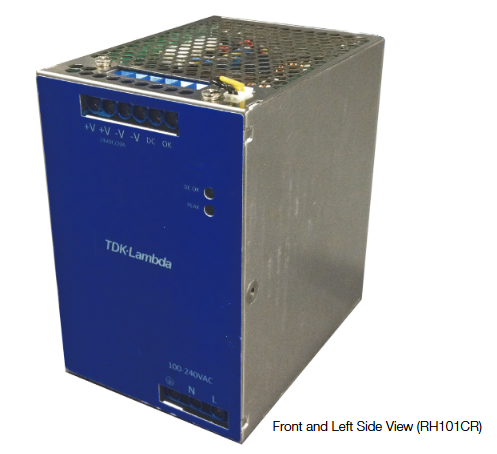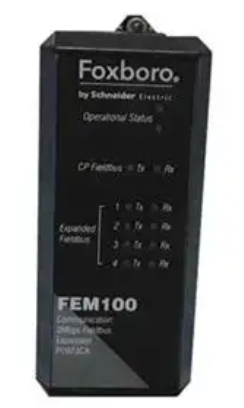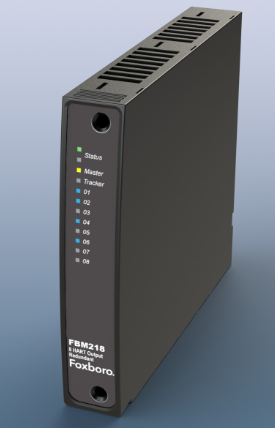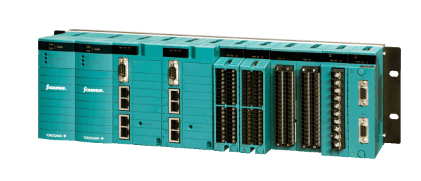CR460XP32 | General Electric Lighting Contactor
Product Description P/N: CR460XP32 DESCRIPTION / SPECIFICATIONS Description General Electric CR460XP32 is a lighting contactor designed for controlling lighting circuits. It includes auxiliary functionalities as a GE contactor and motor starter auxiliary, enhancing its operational versatility and compatibility with various electrical applications. Technical Specifications Part # CR460XP32 Category Contactors & Starters Subcategory Auxiliary Contact Type 2-Pole Series CR460 Amperage Rating 30 A Suitable For Use With Power Block鈩?Lighting Contactor Dimensions 3.8 in H x 2.7 in W x 0.6 in D Information About CR460XP32
The General Electric CR460XP32 is a lighting contactor designed to facilitate control and switching operations in electrical systems. As part of the CR460 series, it serves as an auxiliary component in contactor and motor starter configurations. The CR460XP32 model specifically supports applications requiring reliable performance in lighting control, adhering to industry standards for durability and functionality. Engineered with a 2-pole design, the CR460XP32 contactor ensures efficient electrical connectivity and switching capability. It is rated for a maximum amperage of 30 A, accommodating typical operational currents encountered in lighting circuits.
This configuration allows it to integrate seamlessly into power distribution systems where lighting control is critical. The CR460XP32 is compatible with GE's Power Block鈩?lighting contactor systems, enhancing its versatility in various electrical setups. This compatibility extends its functionality to include interfacing with other GE control components, providing a comprehensive solution for lighting control applications. Manufacturer information General Electric (GE)is a multinational conglomerate founded in 1892, based in the United States. It operates in various industries, including aviation, healthcare, renewable energy, and power.
GE is known for its innovations in technology, manufacturing, and infrastructure solutions. IQElectro is not an authorized distributor. QElectro LLC (IQElectro) is NOT an Authorized Distributor or in any way affiliated with Rockwell Automation, Siemens, or any other Manufacturers. IQElectro is NOT an Authorized Dealer of this product. The product may be of older version, date codes, or design than that available from authorized dealers. As IQElectro is not an authorized dealer of this product, the Original Manufacturer's Warranty and Support DO NOT apply.IQElectro sells SURPLUS onlyand DOES NOT SELL SOFTWARE or FIRMWARE licenses For more detailed information, please refer to the full version of our disclaimer policy Disclaimer Policy.
The IO module has the following main functions
Input Function
The IO module can receive input signals sent by external devices and convert them into digital or analogue signals for use by the computer system or control system. These input signals can come from a variety of sensors, such as temperature sensors, pressure sensors, photosensitive sensors and so on. By receiving and parsing these input signals, the system can monitor and control the external environment in real time.
Output Functions
The IO module is capable of converting the output signals generated by a computer system or control system into the form required by an external device. These output signals are typically used to control actuators such as motors, valves, lights, etc. By sending appropriate output signals to external devices, the system enables control and operation of the external environment.
Data Acquisition and Processing
The IO module is capable of acquiring data from external devices and transferring it to a computer system or control system for further processing. This enables the system to acquire environmental data, status information and user inputs in real time and make appropriate decisions or perform specific tasks based on these data.
Communication Interfaces
IO modules are usually equipped with different types of communication interfaces, such as serial interfaces (RS232, RS485), Ethernet interfaces, CAN bus interfaces, and so on. These interfaces enable IO modules to exchange data and communicate efficiently with computer systems or other external devices.

- User name Member Level Quantity Specification Purchase Date
- Satisfaction :
-









Email:wang@kongjiangauto.com









